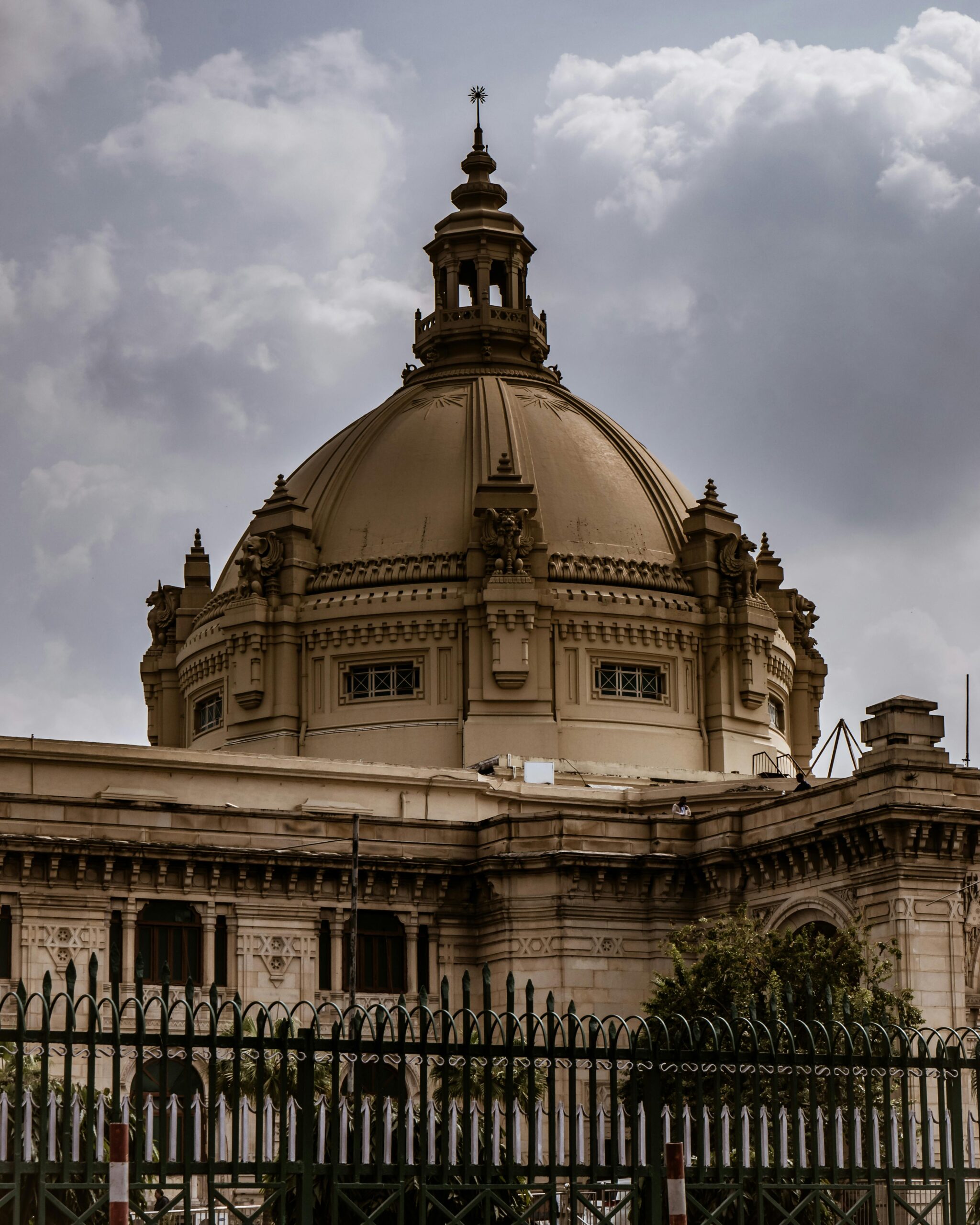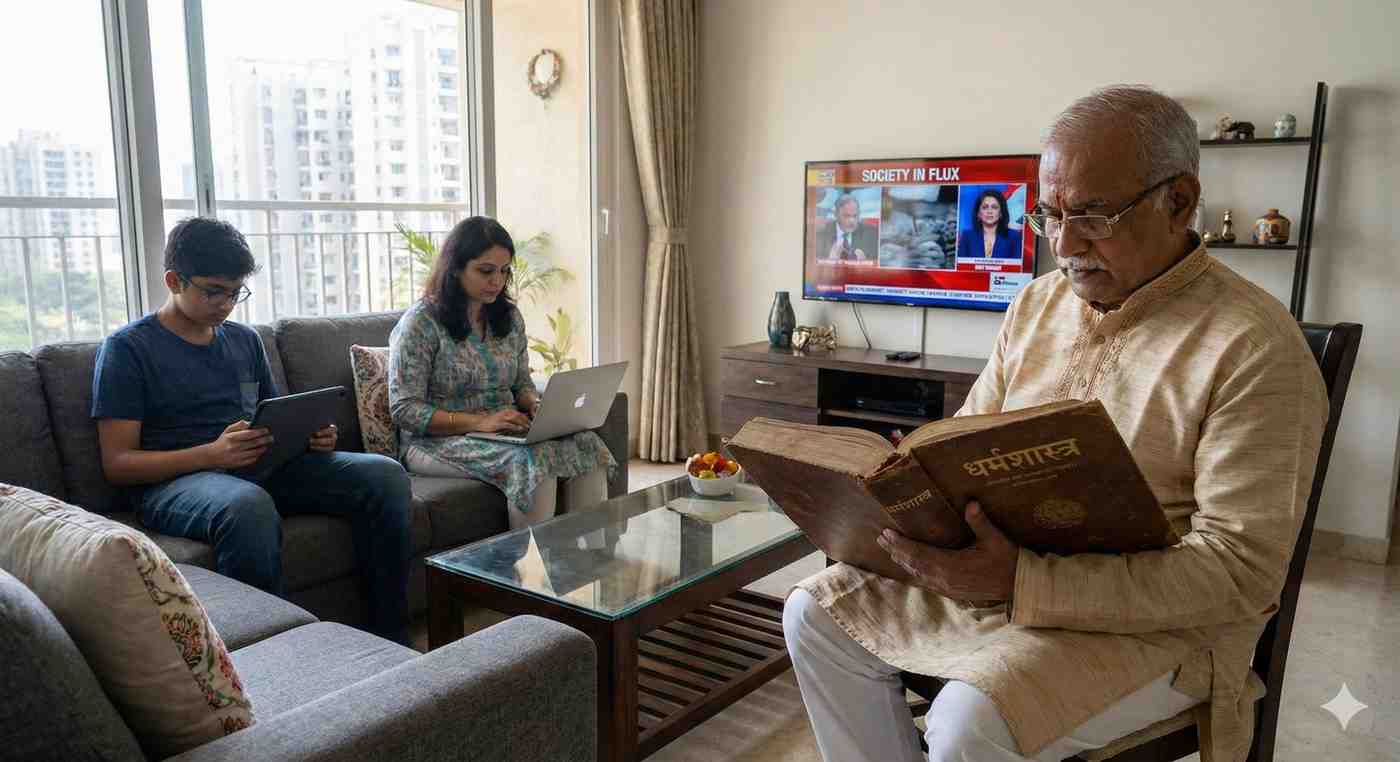
Are We Seeing Real Change in UP’s Political Landscape?
- admin
- October 15, 2025
- Development, Politics
- 0 Comments
Examining the Shifting Dynamics and Political Transformations in Uttar Pradesh
KEY METRICS:
- Electoral Trends: Uttar Pradesh saw a voter turnout of 64.6% in the 2022 state assembly elections, reflecting significant political engagement despite past challenges.
- Political Parties: The Bharatiya Janata Party (BJP) has emerged as the dominant force, securing a majority in the 2022 elections with 255 seats, while the Samajwadi Party (SP) secured 111 seats.
- Youth Engagement: Approximately 22.1% of Uttar Pradesh’s population is under the age of 30, indicating a growing voter base that is increasingly engaged in political discourse.
- Policy Shifts: UP’s focus on infrastructure development, law and order, and welfare schemes under the Yogi Adityanath government is contributing to the state’s evolving political landscape.
- Social Movements: Grassroots movements in UP, particularly around farmers’ rights, women’s empowerment, and education, continue to influence political discourse.
NEWS BODY
Uttar Pradesh (UP) has long been considered a state where political power is closely tied to caste, religion, and regional affiliations. However, recent developments in the state’s political landscape indicate that some significant changes are underway. From shifting voter behavior to the rise of new political narratives, the political scene in Uttar Pradesh is undergoing a transformation that could have far-reaching implications for both the state and national politics.
Electoral Trends: Political Engagement at a Crossroads
In the 2022 Uttar Pradesh Assembly elections, the Bharatiya Janata Party (BJP) secured a decisive victory, winning 255 seats out of 403, while the Samajwadi Party (SP) managed 111 seats. The BJP’s performance in the state has solidified its political dominance, but there are signs that the electoral landscape is evolving, with key shifts in voter behavior. A voter turnout of 64.6%, an improvement from previous elections, indicates a rising level of political engagement, especially among first-time voters and youth, who make up a significant portion of UP’s population.
The growing participation of young voters in elections, estimated to be around 22.1% of the population under the age of 30, shows a trend towards more informed and active political engagement. With the youth increasingly using social media and digital platforms to voice opinions and engage with political parties, the traditional methods of campaigning are being challenged, and new political narratives are emerging.
Political Party Dominance: BJP’s Continued Influence
The BJP’s stronghold in Uttar Pradesh remains unchallenged, but the 2022 elections have also shown signs of emerging challenges. While the party’s electoral success can be attributed to its appeals to Hindu voters, its focus on infrastructure development, law and order, and social welfare schemes has allowed it to broaden its base, particularly among urban and middle-class voters.
However, the Samajwadi Party (SP), led by Akhilesh Yadav, has managed to maintain a significant presence, particularly in the rural and agrarian constituencies. SP’s stronghold among the Yadav community, along with its promises of social justice and welfare for marginalized groups, has kept it a potent force in the state’s political scene. The battle between the BJP and SP represents a larger contest between the forces of development, as represented by the BJP, and social justice, as championed by SP.
Key Policy Shifts: Governance and Welfare Initiatives
Under the leadership of Chief Minister Yogi Adityanath, Uttar Pradesh has witnessed a clear shift in governance priorities, with a strong focus on law and order, infrastructure development, and social welfare. The state’s emphasis on improving roads, highways, and urban infrastructure is seen as a strategy to create a more business-friendly environment, while its focus on the construction of new airports, expressways, and industrial corridors aims to boost economic growth.
Additionally, welfare programs like the Kanya Sumangala Yojana, Pradhan Mantri Awas Yojana, and Swachh Bharat Mission have played a role in shaping the political discourse. These schemes focus on improving the quality of life for women, providing housing, and ensuring better sanitation facilities, which have resonated with rural and semi-urban voters. However, critics argue that while these initiatives have certainly improved living standards in some areas, their long-term impact on poverty reduction and job creation remains to be fully assessed.
Rural and Social Movements: Shaping Political Discourse
While Uttar Pradesh’s political landscape has been dominated by large parties like the BJP and SP, grassroots movements also continue to influence the political environment. Farmers’ protests, particularly the backlash against agricultural laws introduced by the central government, have been a significant force in UP’s recent political debates. The farmer protests in western UP, an area that has been a traditional stronghold for the BJP, have shifted political alignments in some constituencies, making rural and agrarian issues more central to electoral campaigns.
Additionally, movements advocating for women’s rights, education, and better healthcare continue to shape public opinion and influence political strategies. Organizations working on women’s empowerment, access to education, and improved healthcare have garnered increasing attention, highlighting gaps in the delivery of basic services, especially in rural areas. These issues are likely to gain prominence in future elections as political parties seek to address concerns about inequality and access to social goods.
Youth and Digital Politics: The Future of Political Change
The role of youth in Uttar Pradesh’s political future cannot be overstated. As younger voters become more politically aware and increasingly engage through digital platforms, they are shifting the traditional political narrative. Social media, mobile technology, and online campaigns are now integral to political campaigns, offering a new avenue for political engagement, particularly among the state’s youth.
Political parties are increasingly targeting this young demographic through social media campaigns and digital outreach, tailoring their messages to resonate with their concerns about employment, education, and modern governance. Youth-led movements and political organizations are also gaining traction, pushing for greater accountability and transparency in government operations.
Conclusion
Uttar Pradesh’s political landscape is in the midst of a significant transformation. While the BJP continues to dominate the state’s politics, there are indications that voter behavior is evolving, with a growing emphasis on youth participation, rural issues, and social welfare. The increasing influence of digital politics, grassroots movements, and policy shifts related to infrastructure and social justice are all contributing to this dynamic political environment.
However, whether these changes will lead to a more inclusive and progressive political future for Uttar Pradesh is yet to be fully seen. As the state’s youth engage more actively in the political process and new leaders rise to prominence, it remains to be seen if these shifts will result in a lasting transformation or whether the old political alignments will reassert themselves in the face of new challenges.



